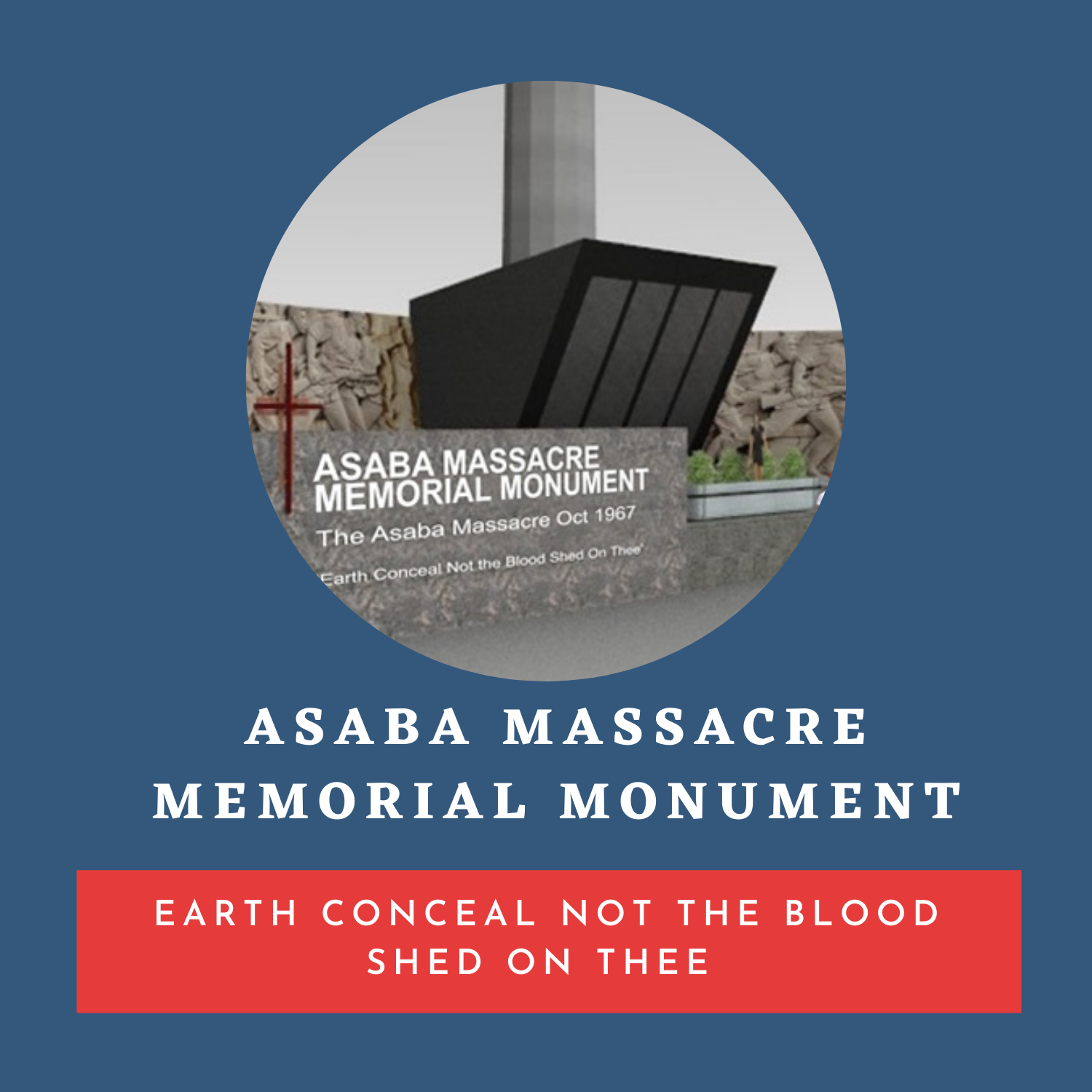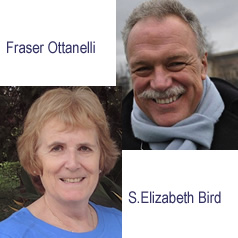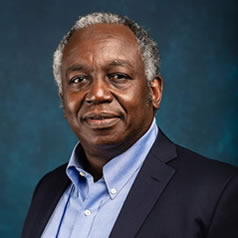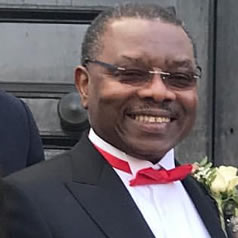For almost a decade, we researched what happened in Asaba in 1967, examining documents and interviewing survivors and witnesses to those terrible events. We presented this research in a book, The Asaba Massacre: Trauma, Memory and the Nigerian Civil War, launched in Asaba in 2017, the 50th anniversary. Excerpts from these harrowing interviews are here on this website.
We will probably never know exactly how many people died; we learned new names as the interviews progressed, and we are sure that many others lie unknown. Hundreds of Asaba civilians died in the days leading up to Oct. 7, and many more died in the “Second Operation” in 1968. The Asaba massacres were not the only killings of civilians during that terrible war. Civilians were slaughtered at nearby Isheagu, and at marketplaces and hospitals in Biafra itself. But Asaba was the largest single massacre, and the most deliberate and systematic. These civilians were not unfortunate collateral damage of a war; they were murdered in an undeniable war crime. This monument will be a tribute to all.
The Nigerian government has yet to recognize the suffering of Asaba, consistently taking the position that the war is best forgotten, while refusing to understand that it was truly a national tragedy. Unlike many other countries transitioning from conflicts, Nigeria has failed to come to grips with the violations of the past, and one consequence is a nation struggling with constant violence. Remembering the past is not incitement, and it is not unpatriotic; healing and reconciliation are a crucial part of nation building.
For decades the people of Asaba were forced to honor their dead in private, while their ongoing suffering was unacknowledged and denied. Our work, building on that of Emma Okocha, lifted that silence and took the atrocities to an international audience. Meanwhile, leaders in Asaba, at considerable time and effort, built a monument to the dead at Ogbe-Osawa, the site of the Oct. 7 killing field. Today, this new initiative will take the memorial process to a new level, bringing visibility throughout the nation and the continent. This new visibility gives hope that Asaba will finally see an official acknowledgement of responsibility for its suffering. But above it, this spectacular memorial will honour those who died, ensuring they will not be forgotten, and leading the way to a better future. The people of Asaba deserve to be remembered; this will be a fitting memorial space where education and peace-building initiatives could serve as a model for the entire nation.





0 Comments